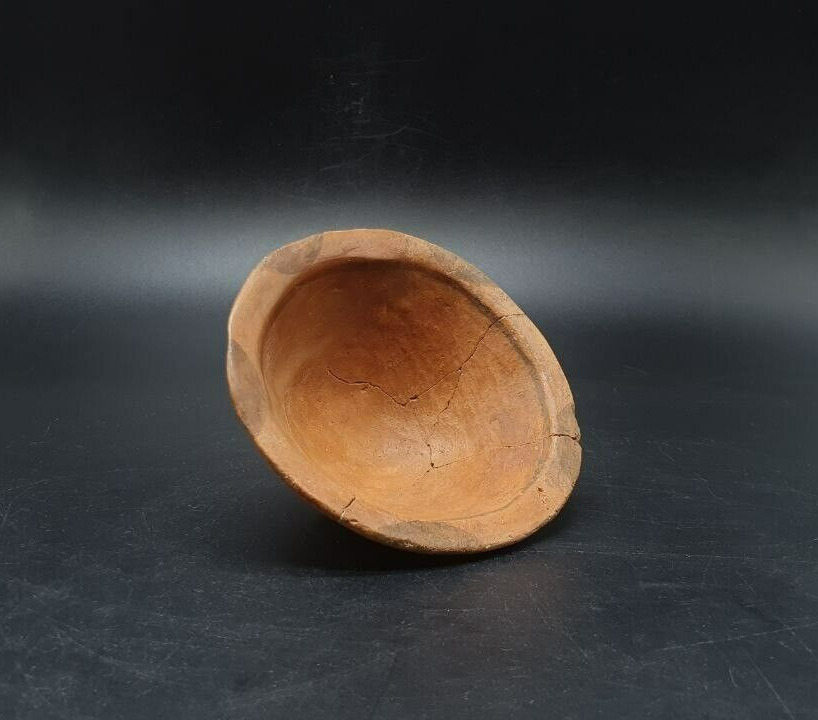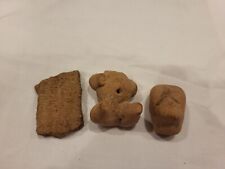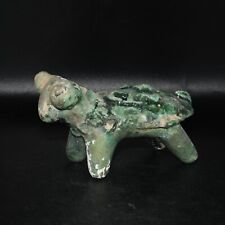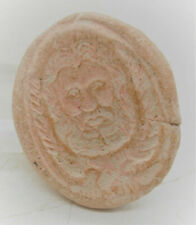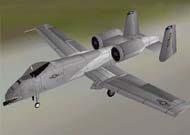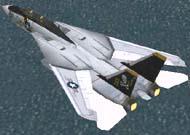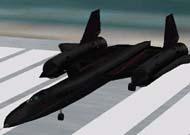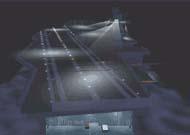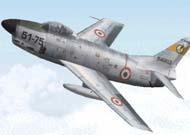When you click on links to various merchants on this site and make a purchase, this can result in this site earning a commission. Affiliate programs and affiliations include, but are not limited to, the eBay Partner Network.
Ancient Terracotta Plate of the Trypillian Culture From 5400 and 2750 BC.
Weight - 207 grams.Length - 6.0 сm.Radius - 12,5 cm
Found in the steppes of Ukraine. Sold from a private collection.
The product was restored, glued together, and the drawing was also restored. Item is in good condition
The Trypillya cultureflourished between 5400 and 2750 BC. E., located between the Carpathians and the Dnieper in the territories of modern Ukraine, Moldova and Romania with a total area of more than 350 thousand km².
During the heyday of culture, it belonged to the largest settlements in Europe: the number of inhabitants of some of them exceeded 15 thousand people.
Trypillian culture is one of the main ancient cultures of the Copper Age. The Trypillian tribes occupied the expanses of Eastern Europe from the Dnieper to the Carpathians, from the Polesie to the Black Sea and the Balkan Peninsula. This culture developed in the 5th - 4th millennium BC. (during 2000 years) and has undergone three stages in its development - early, middle and late. In Ukraine, as of 2014, more than two thousand monuments of Trypillian culture have been discovered.They are grouped in 15 oblasts: the largest in the Middle Dnieper and Nadprutyni and Nadbudzhi regions, less in the Dnieper. Probably the density of the settlement of tribal communities.
One of the features of Trypillya culture was the huge distribution area (about 190 thousand km²). During its heyday (at the end of the middle stage), the population of the Trypillya culture was estimated at between 400,000 and 2 million people.
The problem of the origin of Trypillians is not fully understood. Most archaeologists are of the opinion that the early tribal culture was based on the southern agricultural and pastoral tribes of cultures of Balkan origin, which, however, included elements of local Neolithic and Neolithic cultures at different stages in the process of spreading to new eastern territories.
Research history:The territory of Trypillian culture spread from the time of its discovery to this day has belonged to different states, which has led to the emergence of three names - Cucuteni in Romania, hand-painted pottery in Galicia and Bukovina and Trypillian culture in Podillya, Cherkasy and Kyiv region.
The first information about archaic culture with painted ceramics was obtained and published by Lviv archaeologist A. Schneider in the 1970s. according to research on the territory of Galicia Podillya, which was then part of the Austro-Hungarian Empire. In its territory in Galicia at the end of XIX century. the first stratigraphic and chronological observations of the hand-drawn pottery culture were made.
In Romania, the culture was named after the village of Cucuteni, near which in 1884 Romanian folklorist and ethnographer Theodore Burada found the first artifacts - pottery fragments and terracotta figurines. In 1885, a group of intellectuals from Yass made the first excavations, and the same year the poet Nicolae Beldichanu published an article on the antiquity of Kukuteni. The results of the archaeological work were announced in 1889 at an international conference in Paris.
Archaeologist Vincent Khvoyka opened the first Trypillya settlement in the territory of modern Ukraine in 1893-1894 at 55 Kyrylivska Street in Kyiv. Hvoyka presented his findings in August 1899 at the XI Archaeological Congress in Kiev. The official opening of Trypillian culture in Ukraine is considered to be 1893, the year of the beginning of excavations on Kyrylivska Street in Kyiv. In the fall of 1897, a number of settlements with materials similar to the Kiev finds were found in the vicinity of Trypillya town of Kyiv county (now the village of Trypillya, Obukhov district, Kiev region). In the Soviet Moldavian, Russian, Ukrainian and other publications for the sights from the territory of Ukraine and Moldova the name "Trypillian culture" is widespread.
Over time, it became clear that the archeological culture of Cucuteni in Romania and the Trypillian culture in Ukraine belong to one cultural complex. The name "Cucutene-Trypillia" is now commonly used, although the names "Cucutene" and "Trypillia" can also be used separately. The term "cultural and historical community" or "community" of Tripoli-Kukuten (Kukuten-Trypillya) is also used.


